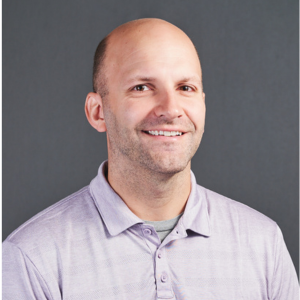Researchers use ultrasound to combat Alzheimer’s disease
Researchers at the University of Queensland in Australia have found that non-invasive ultrasound can break down the neurotoxic amyloid plaques associated with cognitive decline. Their findings were published in the journal Science Translational Medicine.
Using mice, the scientists discovered that the rapidly oscillating ultrasound waves activate microglial cells that digest and remove the amyloid plaques in the brain. In their studies, the treatment restored memory function to the same level as normal healthy mice.
“We’re extremely excited by this innovation of treating Alzheimer’s without using drug therapeutics,” said Professor Jurgen Gotz, director of the university's Clem Jones Centre for Ageing Dementia Research, in a press release. “With an aging population placing an increasing burden on the health system, an important factor is cost, and other potential drug treatments using antibodies will be expensive. In contrast, this method uses relatively inexpensive ultrasound and microbubble technology which is non-invasive and appears highly effective.”
Related Articles
Topics: Alzheimer's/Dementia











